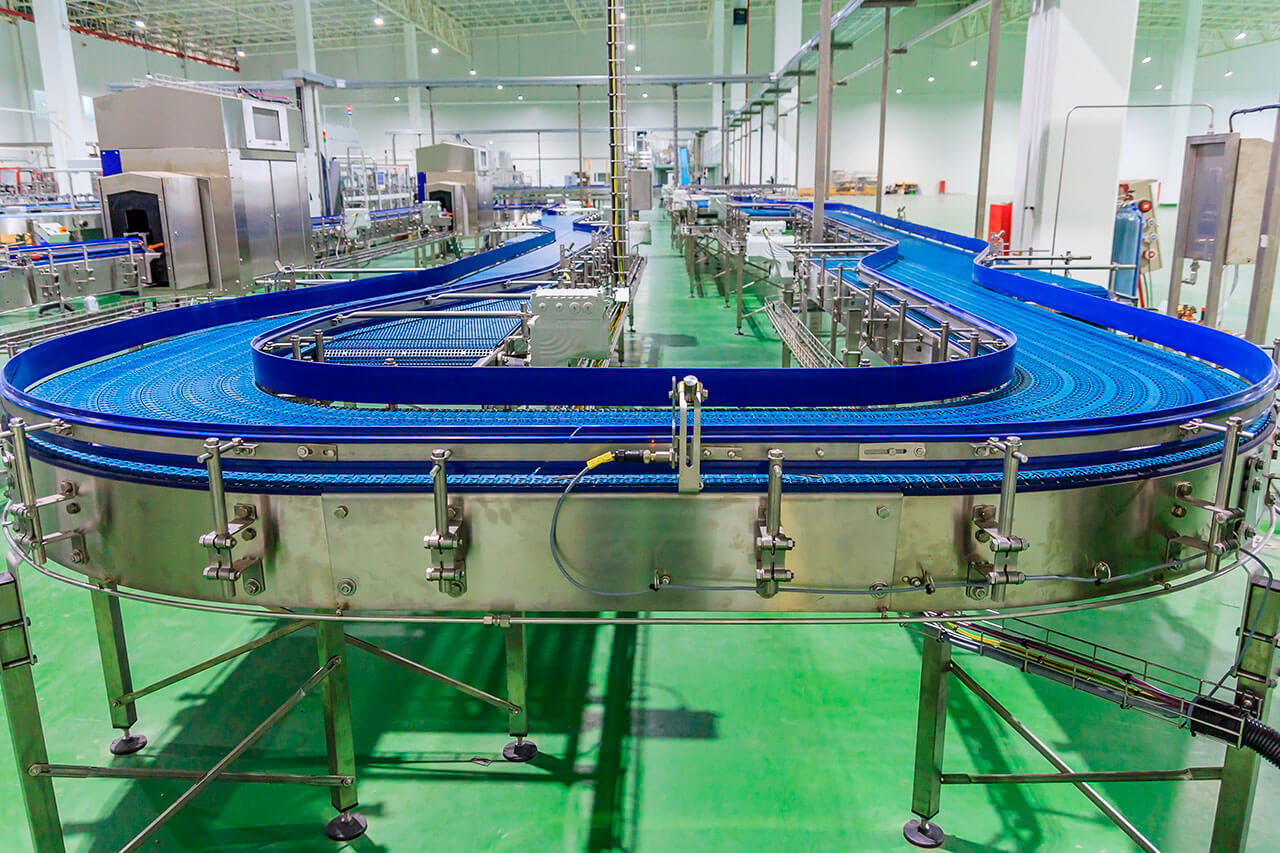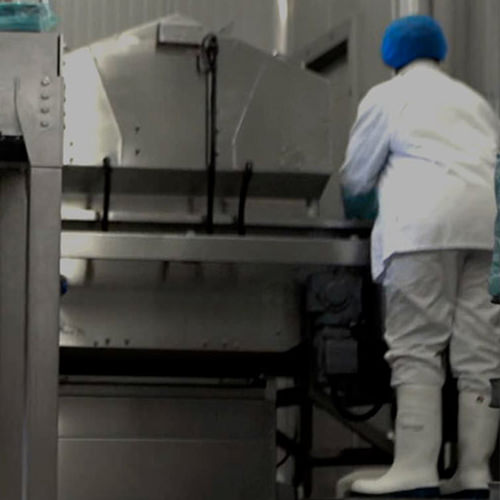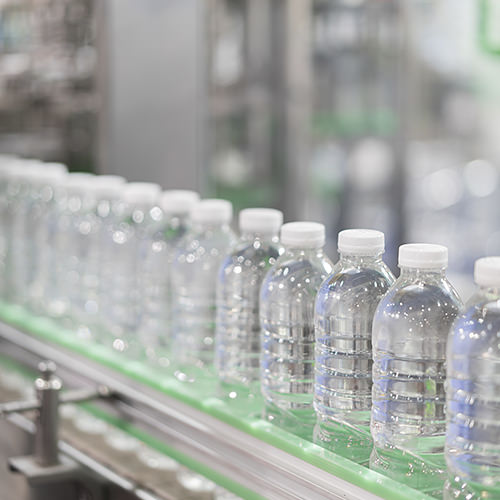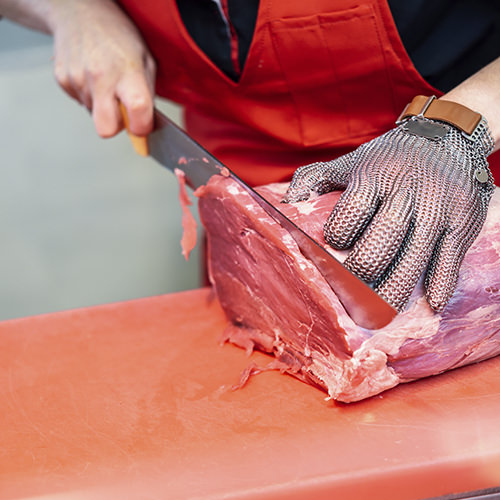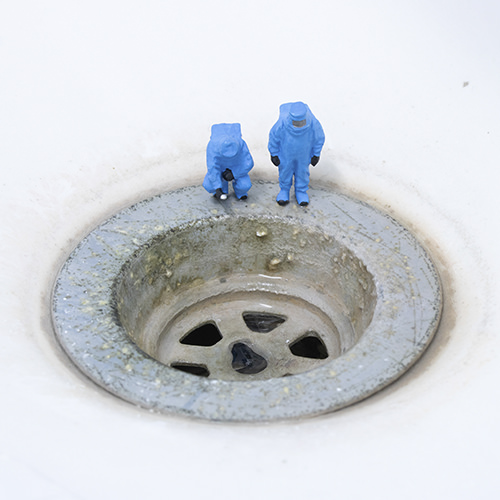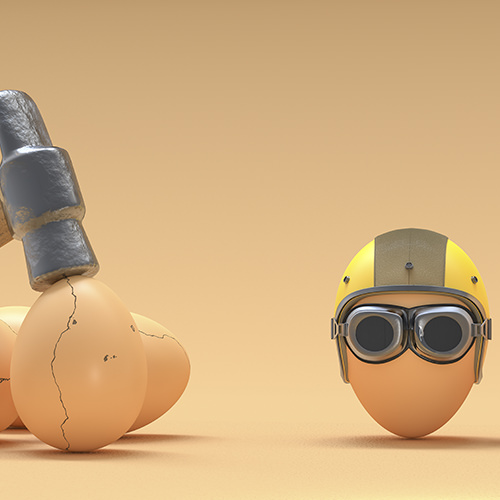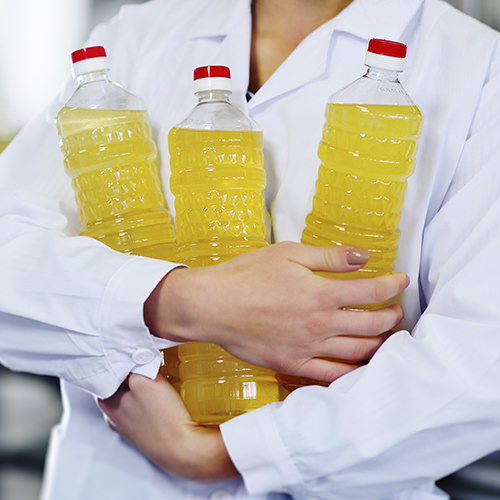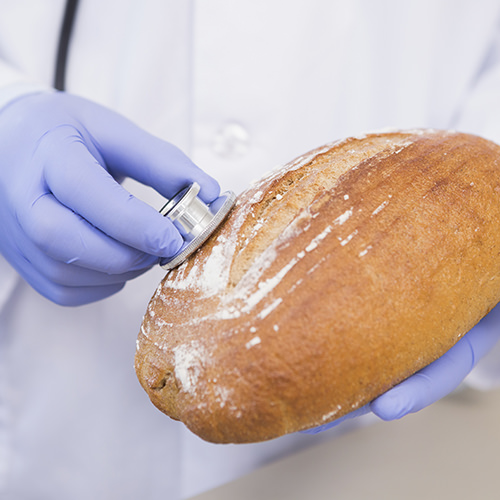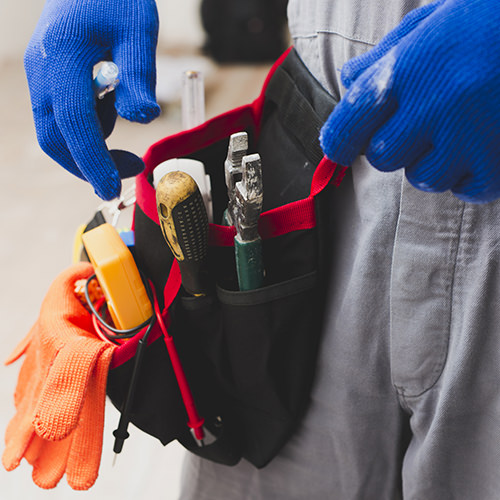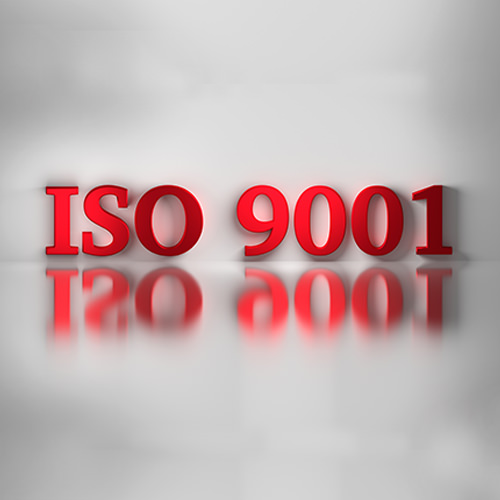Objective
Develop and implement the 11 principles of the North American Meat Institute (NAMI), cross-reference the FDA requirements and study the 10 principles of equipment sanitary design, in contrast to the requirements of 3-A and EHEDG that will lead to modeling the best practices on the design of facilities and equipment to process highly sensitive (Micro), Allergenic (contact) or susceptible to pest attack foods and thus avoid possible contamination of your final product.
Agenda
-Sanitary Design – Regulations and References
-Sanitary Design as part of the HACCP PPR’s, International Regulation & References.
-EHEDG, FDA-FSMA, NORTH AMERICAN MEAT INSTITUTE, USDA, 3-A, GFSI and ISO.
-Key aspects that are considered for a controllable environment under an adequate sanitary design
-Sanitary Design – Principles of Sanitary Design – Facilities
-Distinguish and establish hygienic areas
-Flow of personnel and controlled material to reduce hazards
-Water accumulation inside the fully controlled plant
-Humidity and temperature of rooms properly controlled
-Air flow and quality properly controlled
-Provide necessary elements to guarantee sanitary conditions
-The structure of the building meets the sanitary conditions.
-The interior space promotes proper cleaning
-Building and construction components facilitate sanitary conditions
-Adequate service design to avoid contamination
-Cleaning and sanitation integrated into the sanitary design
-Sanitary Design – Principles of Sanitary Design – Equipment
-Cleaning at acceptable microbiological levels
-Made of compatible materials
-Accessible for inspection, maintenance, cleaning and disinfection
-No product or accumulated liquid
-Hermetically sealed empty areas
-No dead spots
-Adequate sanitary operation
-Maintenance boxes with sanitary design
-Hygienic compatibility with other plant systems
-Cleaning and disinfection validation protocols
-The participant receives a diploma for their full attendance at the session
-Proof of work skills DC-3 (STPS)
22 hours
Day 1: 9:00 am - 6:00 pm
Day 2: 9:00 am - 6:00 pm
Day 3: 9:00 am - 3:00 pm
* Consult place and date of availability




